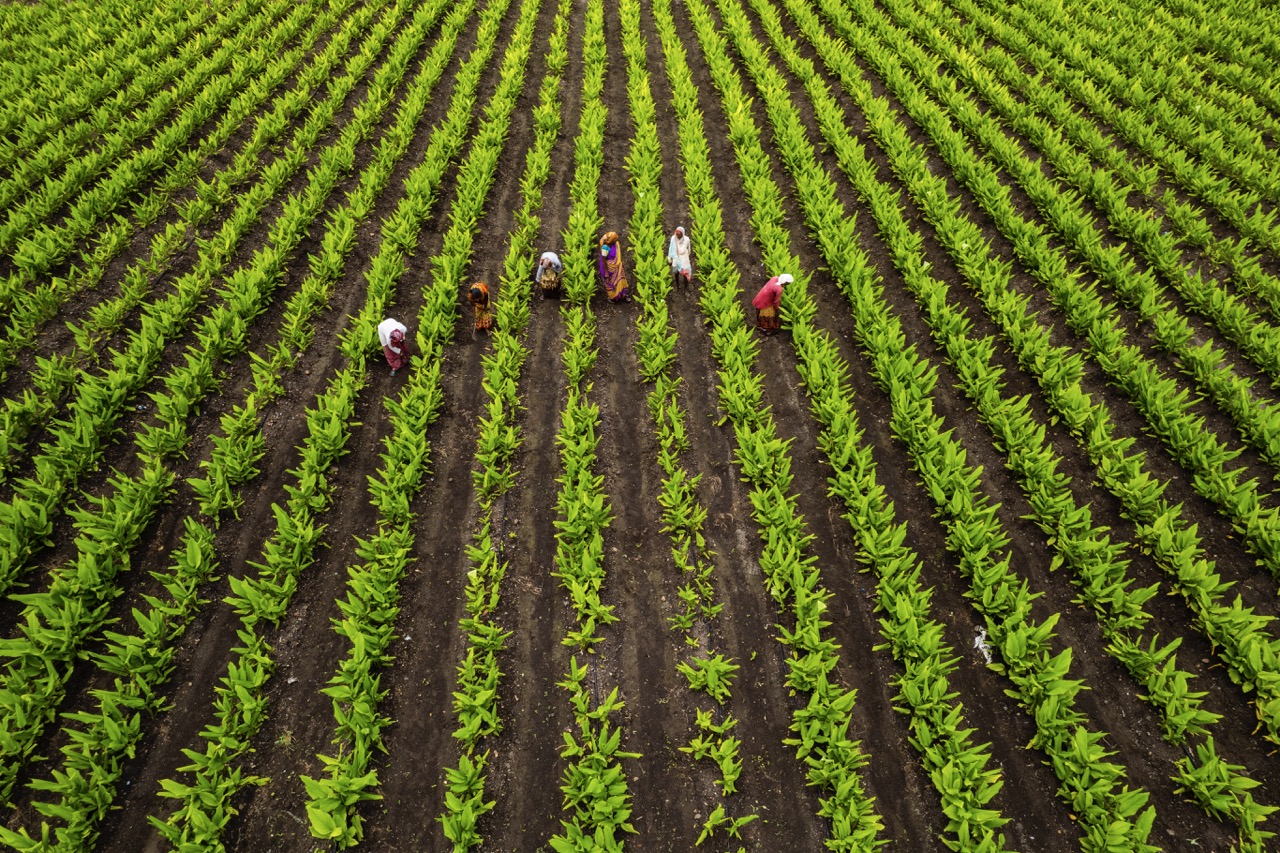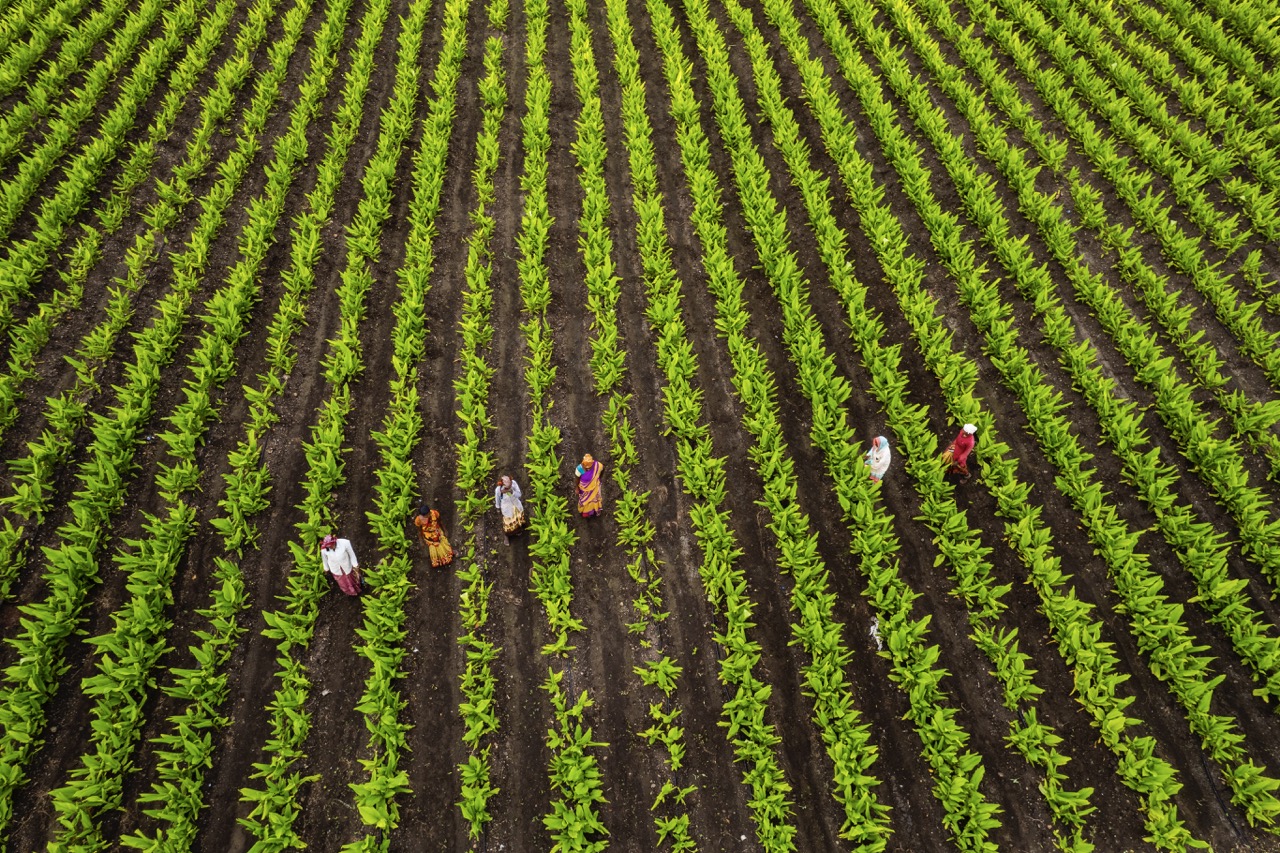Sharecropping, a system that emerged in the Southern United States after the Civil War, has historically served as both a means of sustenance and a source of profound conflict. This agrarian arrangement involves landowners providing land, tools, and seed to farmers—often freed slaves—who, in return, share a portion of their crop yield with the landowners. While this system allowed many to make a living, it also laid the groundwork for disputes due to its inherent complexities and imbalances. Understanding how to navigate these disputes is crucial for those engaged in sharecropping agreements today.
Understanding Sharecropping: A Historical Context
Sharecropping arose out of the economic devastation of the post-Civil War South, filling a gap left by the abolition of slavery. Landowners, often facing significant financial hardships, needed a way to cultivate their land without upfront investment in labor. Meanwhile, newly freed African Americans sought independence and the ability to support their families. Sharecropping seemed to provide a mutually beneficial solution, allowing landowners to profit from their land while offering sharecroppers a means of earning a livelihood.
Despite its initial promise, the sharecropping system quickly became fraught with challenges. Many sharecroppers found themselves bound by exploitative contracts that favored landowners, often leading to cycles of debt and dependency. The lack of legal protections and the pervasive racism of the era further complicated sharecroppers’ positions, as they had limited avenues for recourse against unfair treatment. This historical backdrop is vital for understanding contemporary disputes, as many of the same power dynamics and vulnerabilities persist in modern agreements.
Today, sharecropping continues in various forms, not only in the United States but also in countries around the world. While the specifics of agreements may have evolved, the fundamental issues of equity and fairness remain pertinent. For current sharecroppers, grasping these historical contexts can provide insight into their rights and responsibilities, as well as the systemic challenges they may still face in their agreements.
Common Disputes in Sharecropping Agreements Explained
Disputes in sharecropping agreements often stem from ambiguities in contracts, leading to misunderstandings about revenue sharing, land use, and responsibilities for maintenance. One common point of contention is the percentage of the crop that is owed to the landowner. Sharecroppers may feel they are giving away too much of their yield, especially if they believe they have invested significant labor and resources in the cultivation process. Conversely, landowners may argue that their investment in land and resources justifies a larger share.
Another frequent source of disputes arises from the condition of the land and resources provided. Disagreements may emerge regarding the quality of the soil, the availability of water, or the provision of necessary tools and seeds. If sharecroppers perceive that they are not receiving what was promised, or if the land fails to yield as expected, tensions can escalate quickly. Moreover, issues related to seasonal variations and market fluctuations can lead to disagreements over financial expectations and crop distribution.
Conflicts can also involve family dynamics, where multiple generations may be involved in the sharecropping arrangement. Different expectations and understandings among family members can complicate agreements further, especially if there is a lack of clear communication about responsibilities and profit-sharing. In such cases, historical grievances may resurface, amplifying existing tensions and making resolution more challenging.
Effective Communication Strategies for Resolving Conflicts
Clear and open communication is paramount in resolving disputes in sharecropping agreements. Establishing a culture of transparency can help both landowners and sharecroppers voice their concerns before they escalate into serious conflicts. Regular meetings can serve as a platform for both parties to discuss expectations, address grievances, and adjust agreements as necessary. Building a rapport based on mutual respect and understanding can foster a collaborative environment conducive to conflict resolution.
Active listening is another essential component of effective communication. Both parties should strive to listen to each other’s perspectives without interruption, allowing for a genuine understanding of the other’s position. This practice can help de-escalate tensions, as it demonstrates empathy and a willingness to find common ground. By acknowledging each other’s concerns, landowners and sharecroppers can work together to reframe disputes as opportunities for collaboration rather than adversarial confrontations.
Documenting all agreements and changes to the contract can also mitigate future disputes. Written records can serve as an objective reference point that clarifies expectations and responsibilities. Regularly reviewing and updating contracts as circumstances change is vital in ensuring both parties remain on the same page. By emphasizing communication and documentation, sharecroppers can reduce misunderstandings and foster an environment where conflicts are more easily resolved.
Legal Options for Sharecroppers Facing Disputes
When disputes escalate beyond informal resolution methods, sharecroppers may need to explore legal options to protect their rights. Understanding the legal framework surrounding sharecropping agreements is crucial. Contracts, both written and verbal, can be enforced in court, but sharecroppers must be able to demonstrate that the terms were violated. Familiarity with local land laws and regulations can help sharecroppers identify their rights and avenues for addressing grievances formally.
Legal aid organizations often provide resources and support for sharecroppers navigating disputes. Free or low-cost legal services can guide individuals through the complexities of their agreements and offer representation in court if necessary. Engaging with these organizations can empower sharecroppers to assert their rights without incurring prohibitive legal costs, ensuring they have access to the justice system.
In some cases, mediation can serve as an effective alternative to litigation. Mediation involves a neutral third party who facilitates discussions between disputing parties, helping them reach a mutually acceptable resolution. This approach can preserve relationships while addressing grievances, making it an appealing option for those looking to resolve disputes without the potential bitterness of a court battle. By exploring these legal avenues, sharecroppers can safeguard their interests and work toward a fair resolution of disputes.
Navigating disputes in sharecropping agreements is a complex process that requires a deep understanding of historical context, effective communication, and legal knowledge. By fostering open lines of communication, utilizing mediation, and seeking legal aid when necessary, sharecroppers can address conflicts constructively. As this agrarian practice continues to evolve, the lessons learned from past and present disputes will remain vital for ensuring fairness and sustainability in sharecropping agreements. In a landscape where agricultural practices are constantly changing, adaptability and knowledge remain key to successfully navigating the challenges that may arise.










